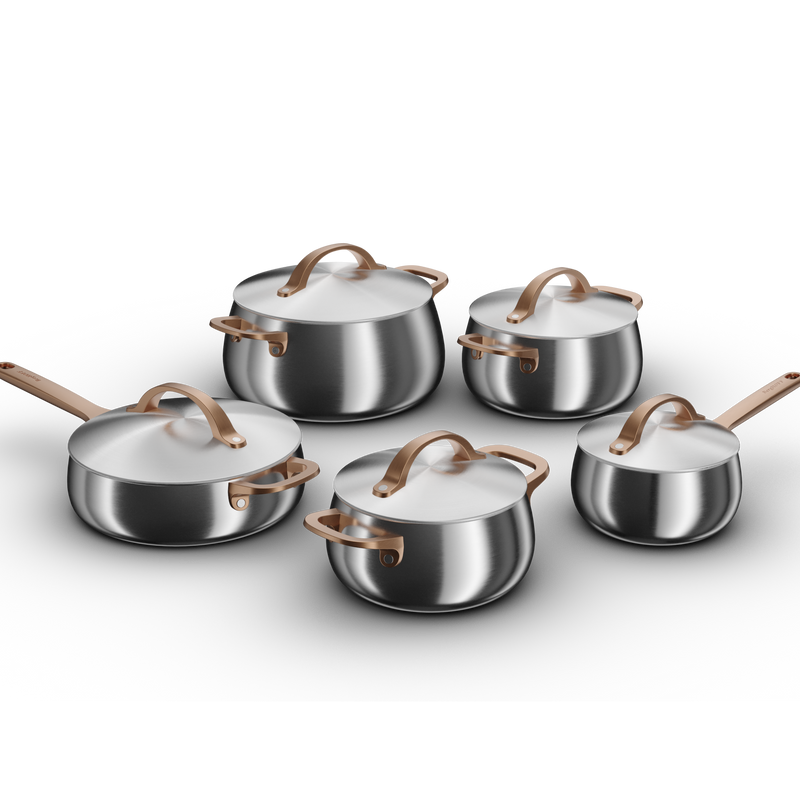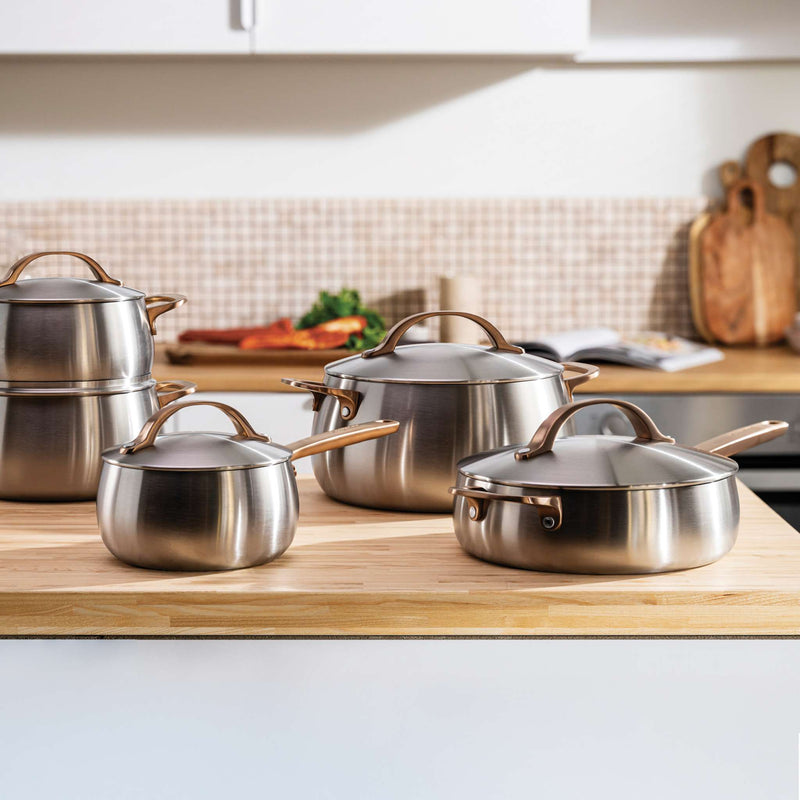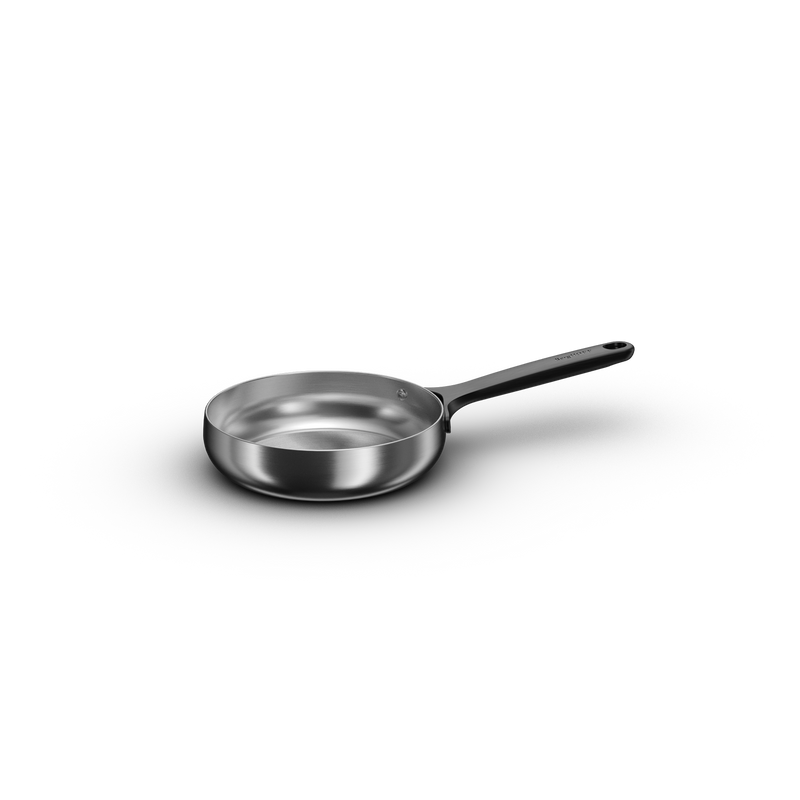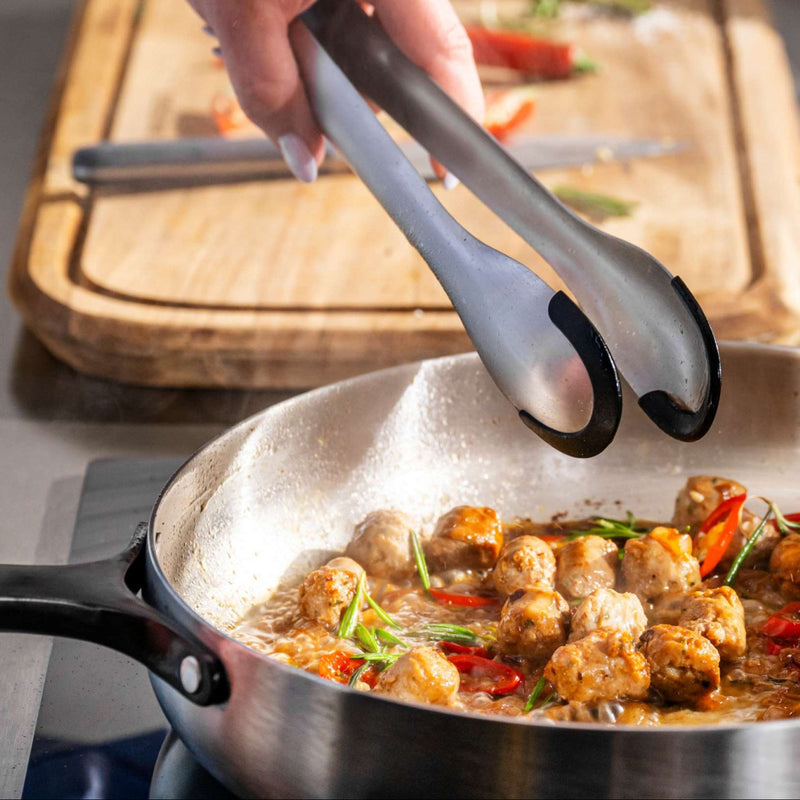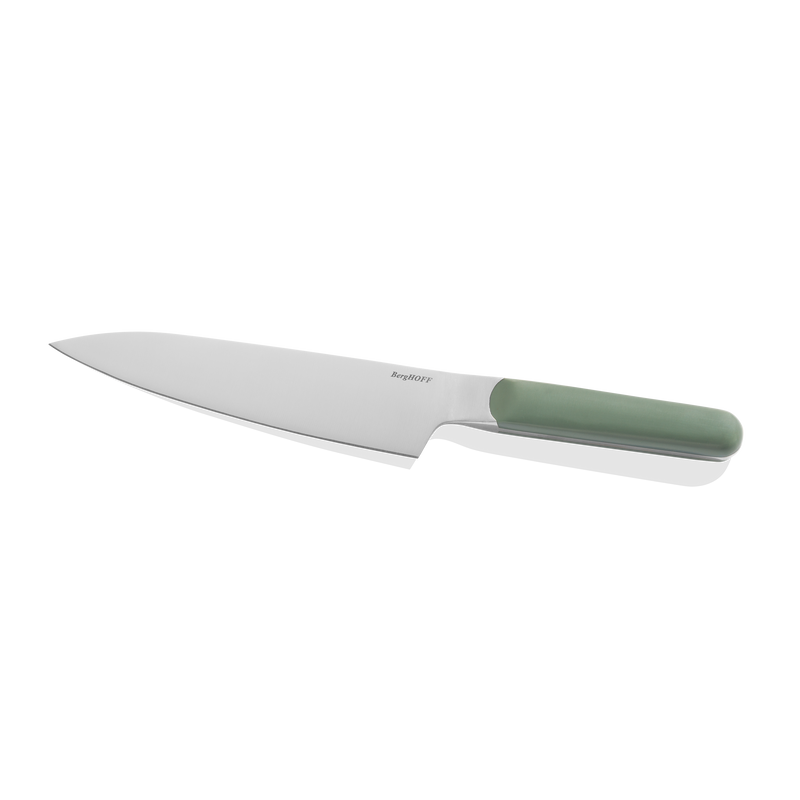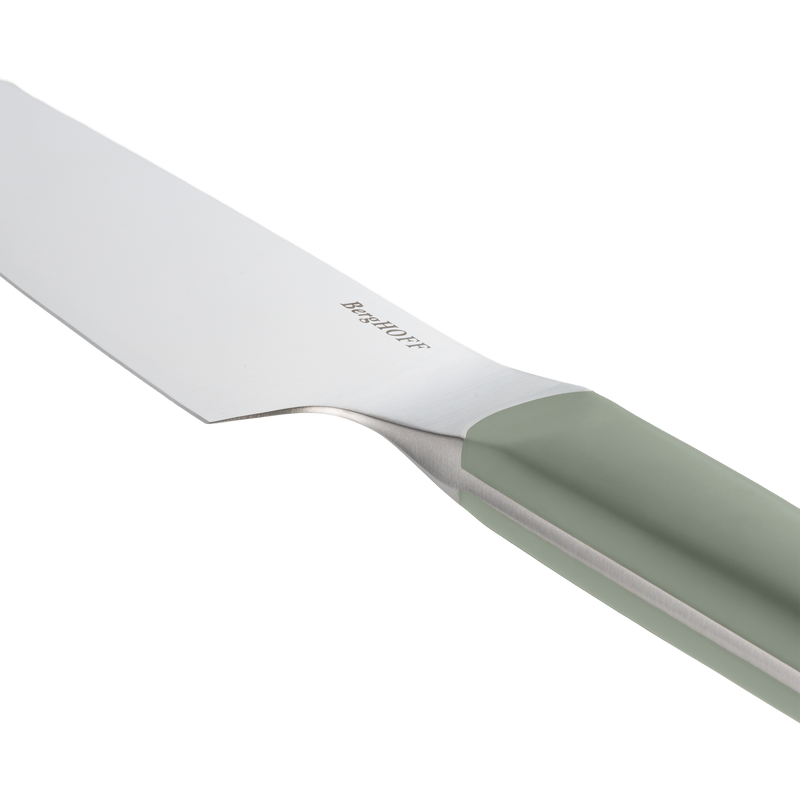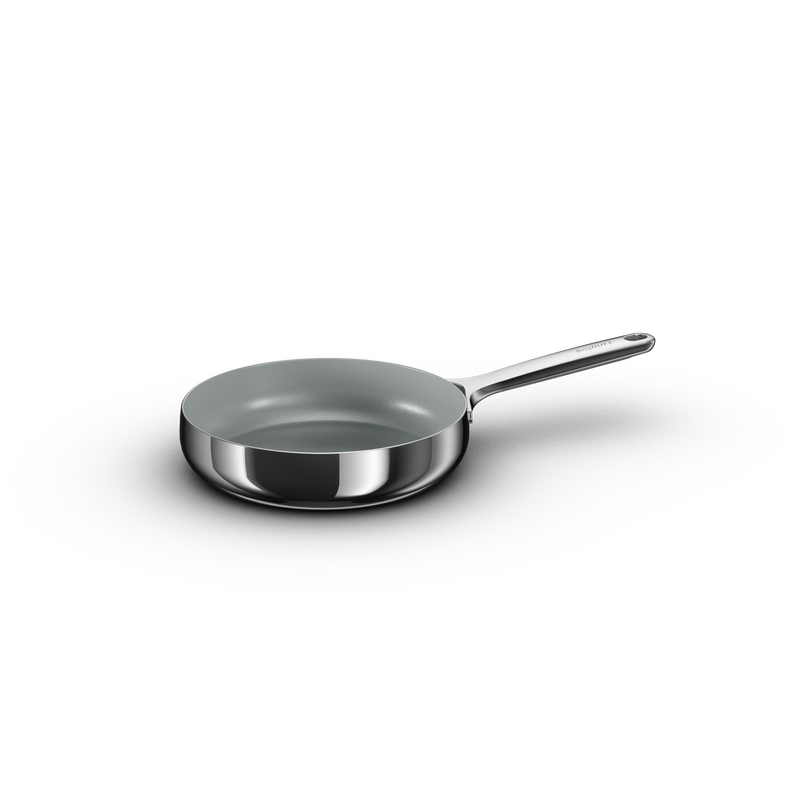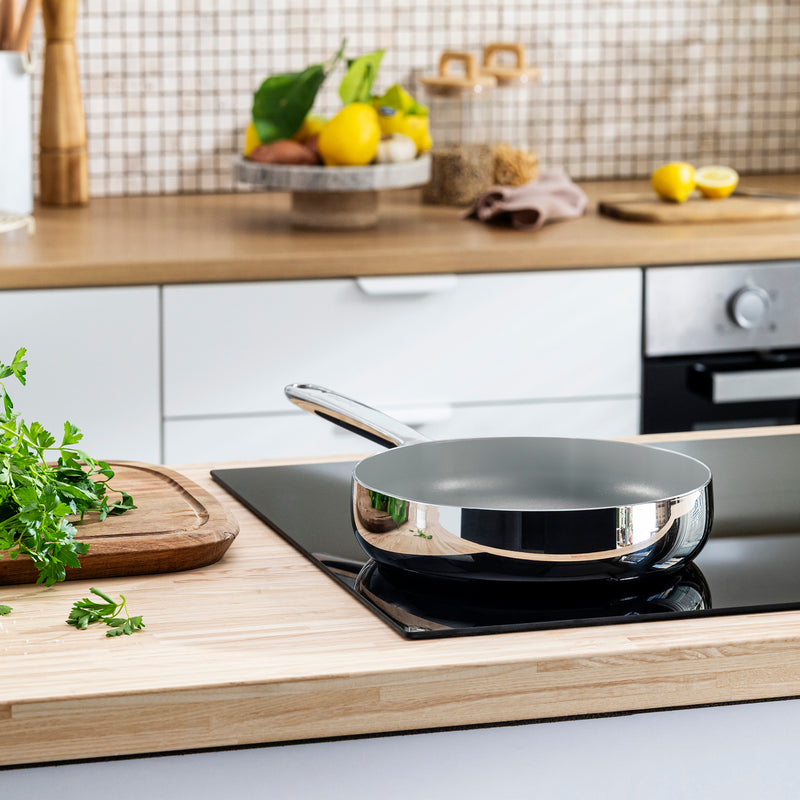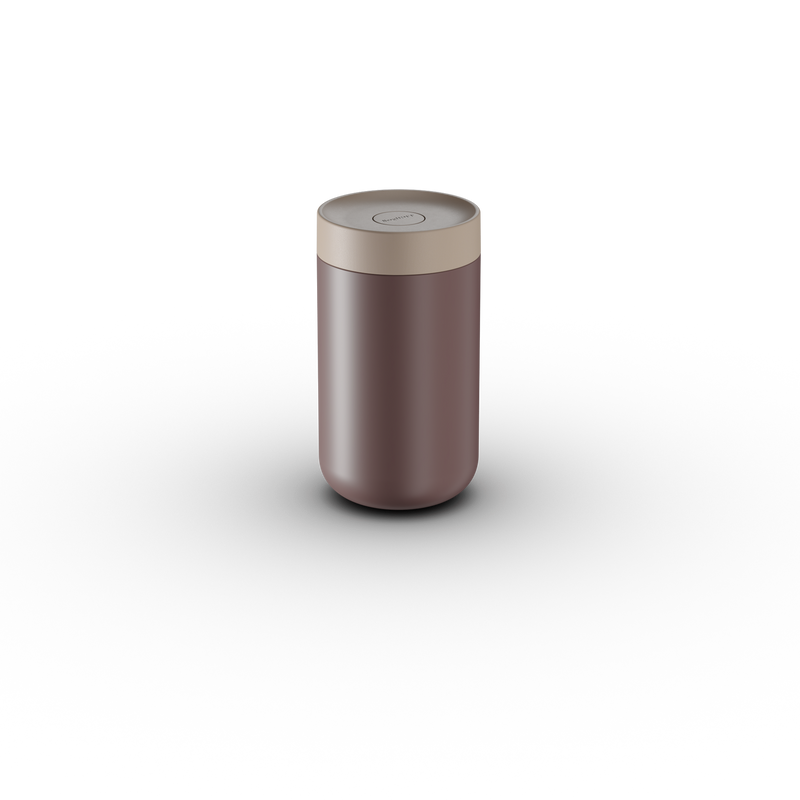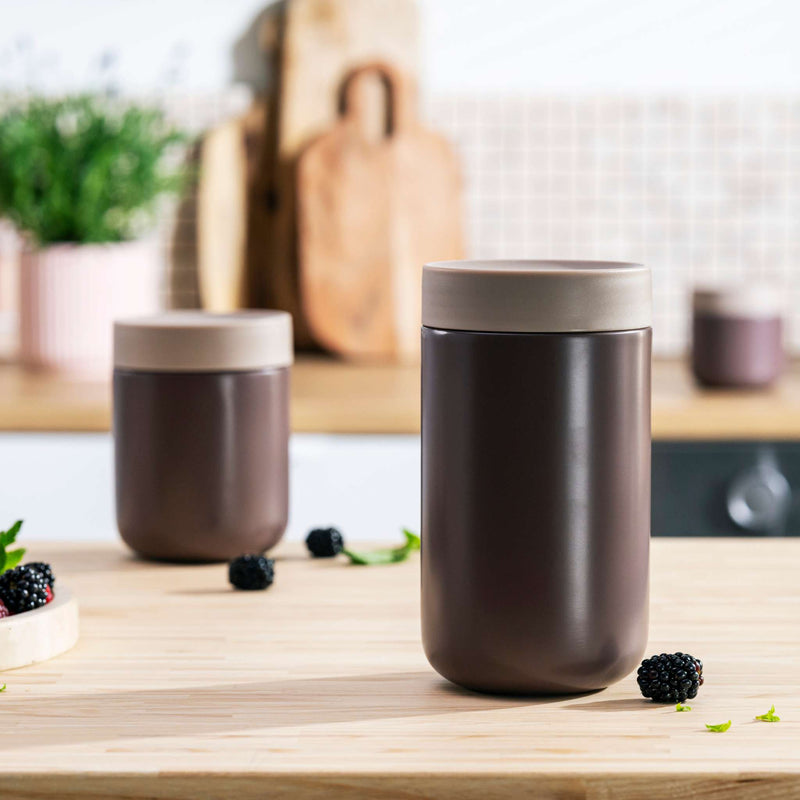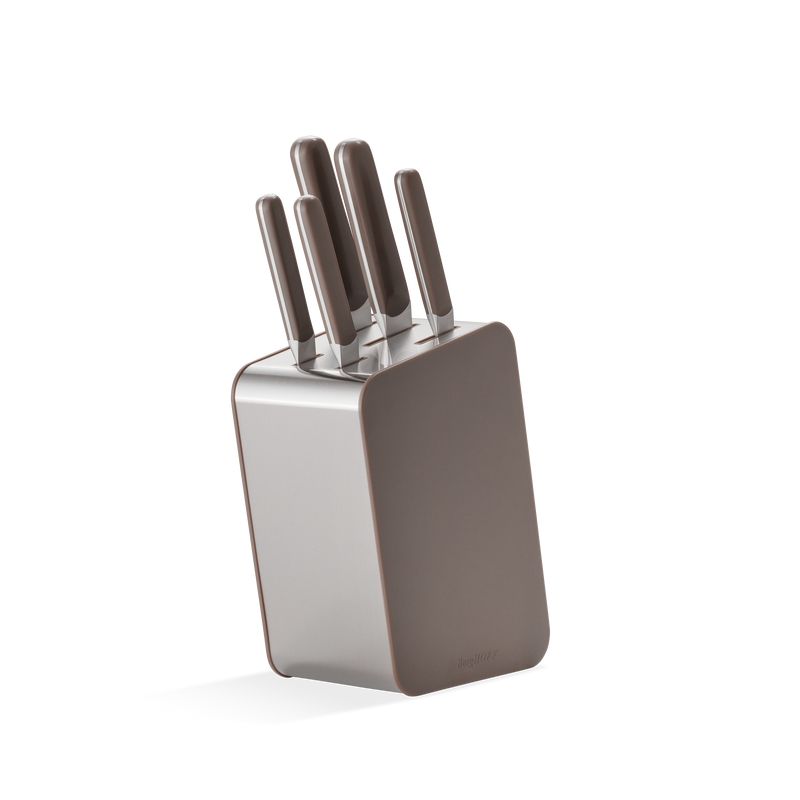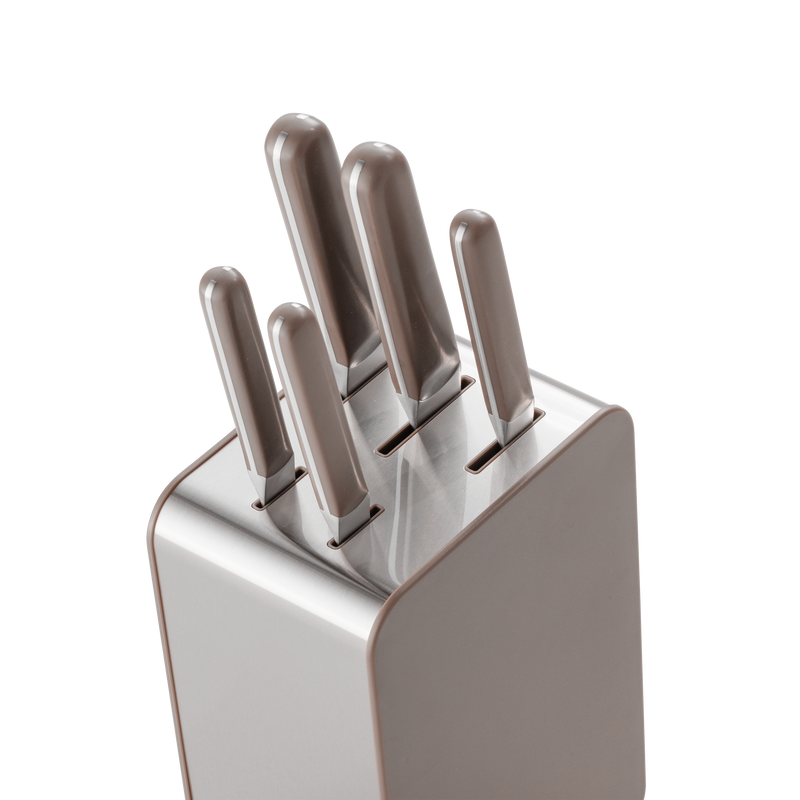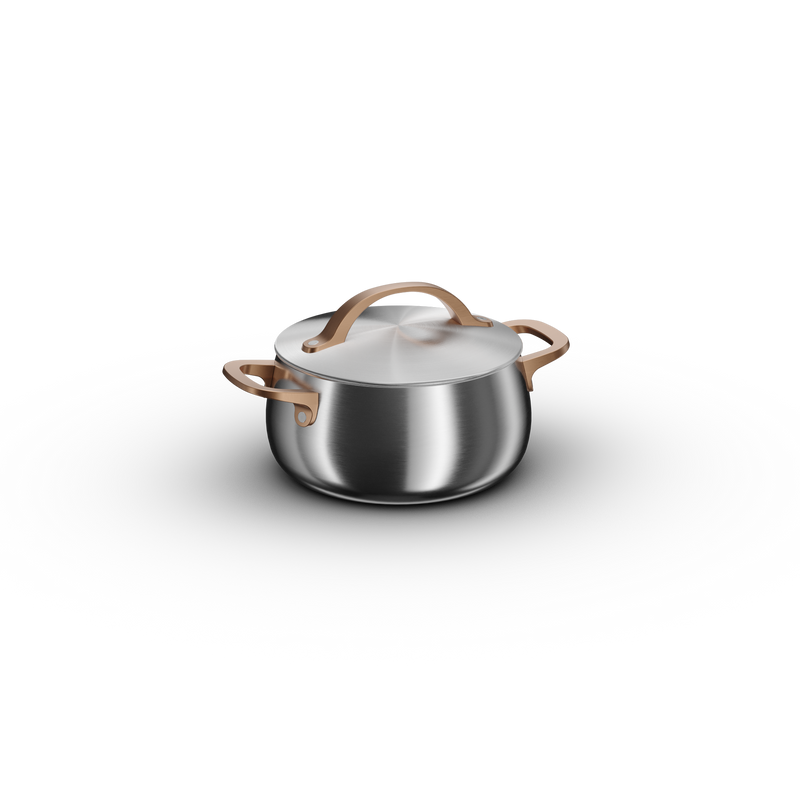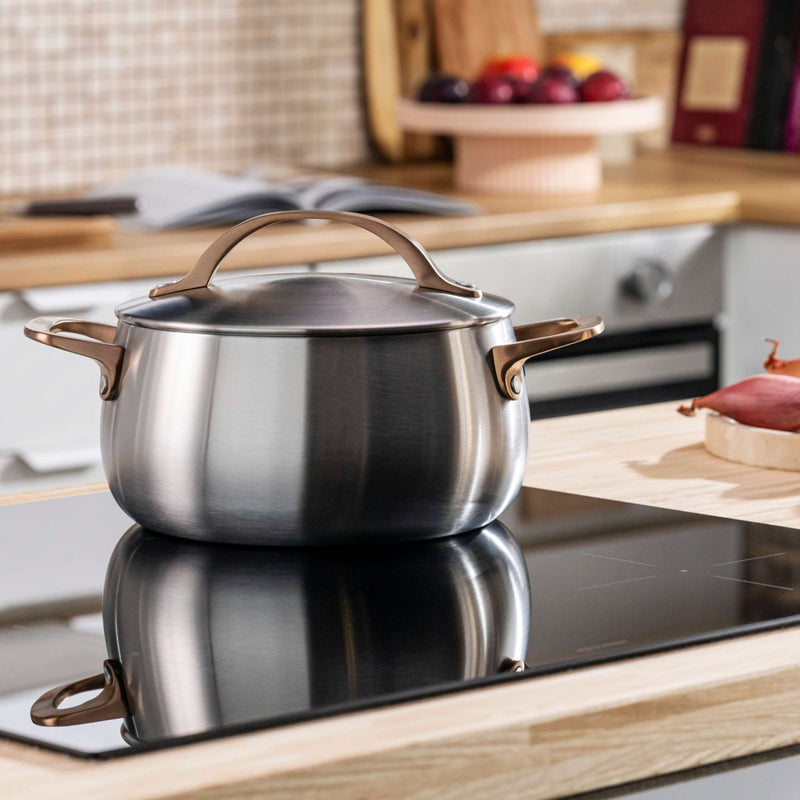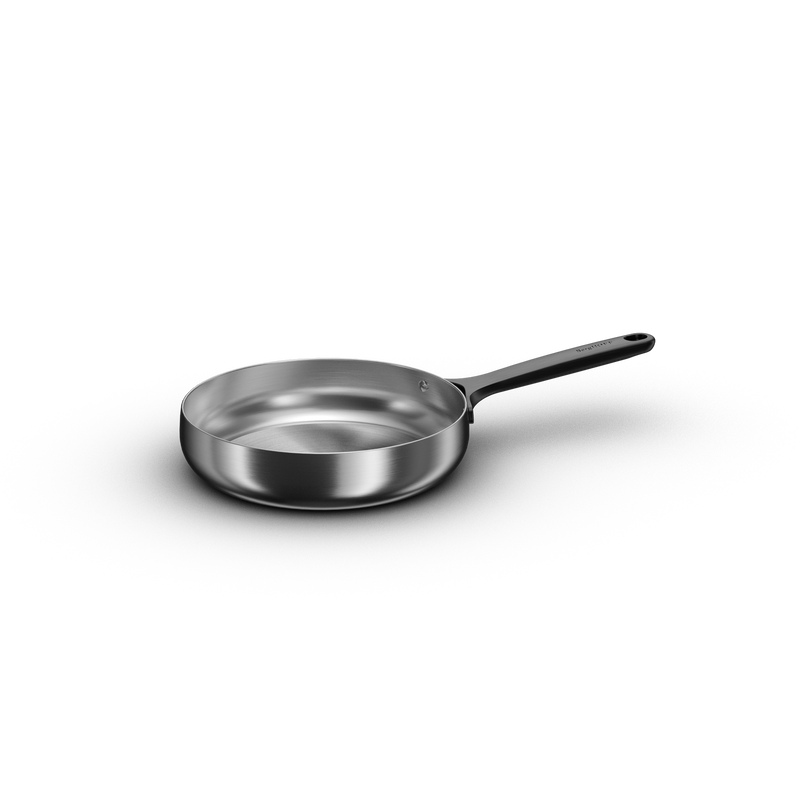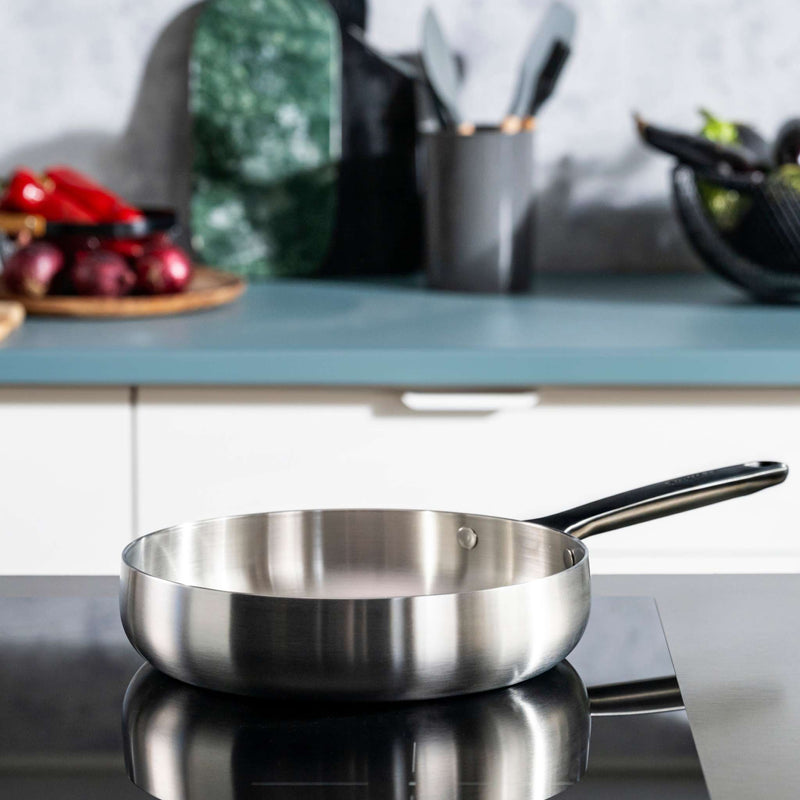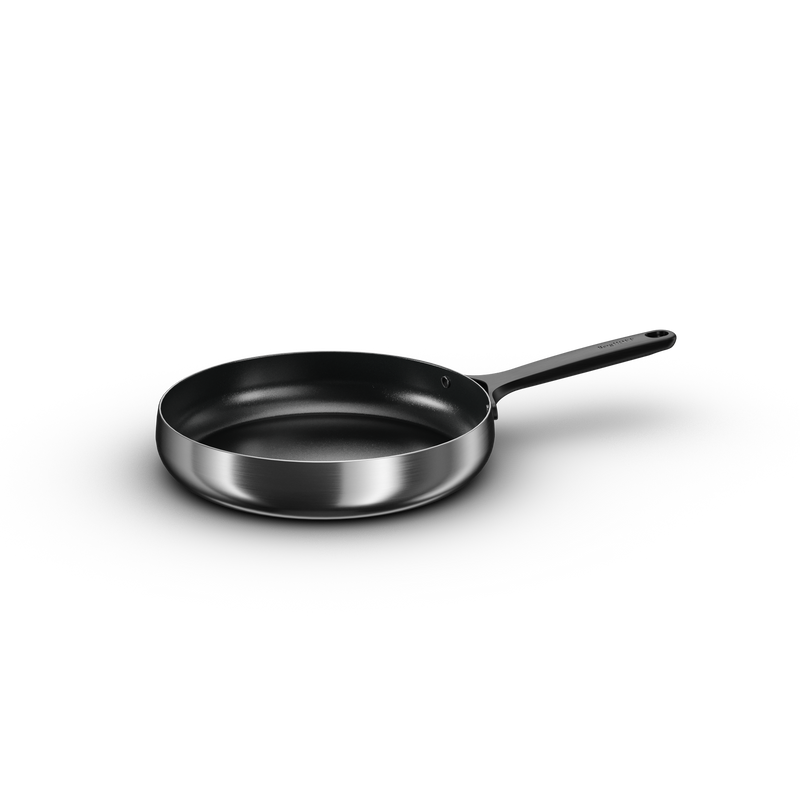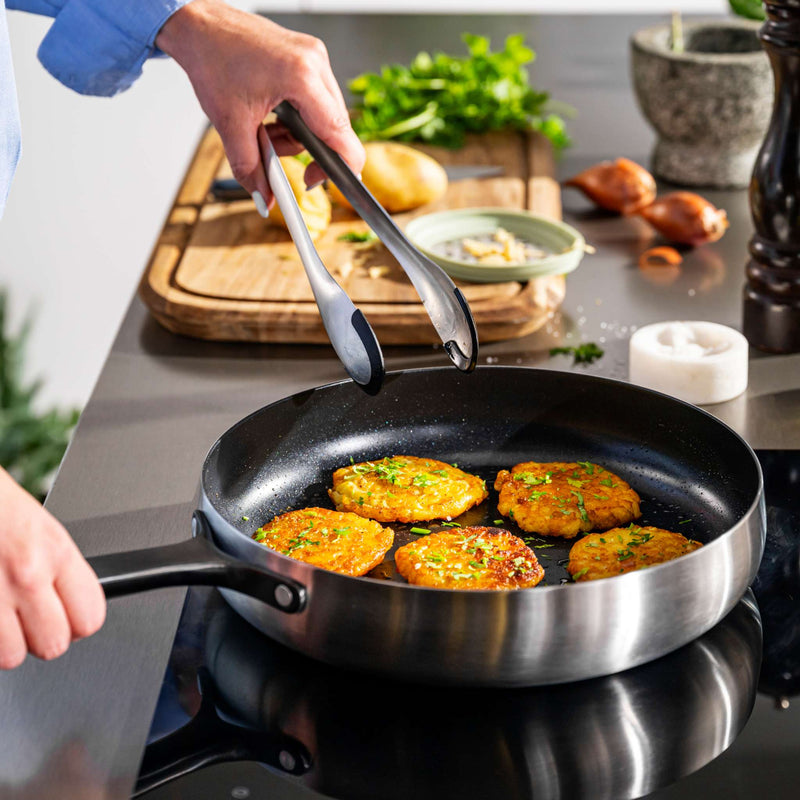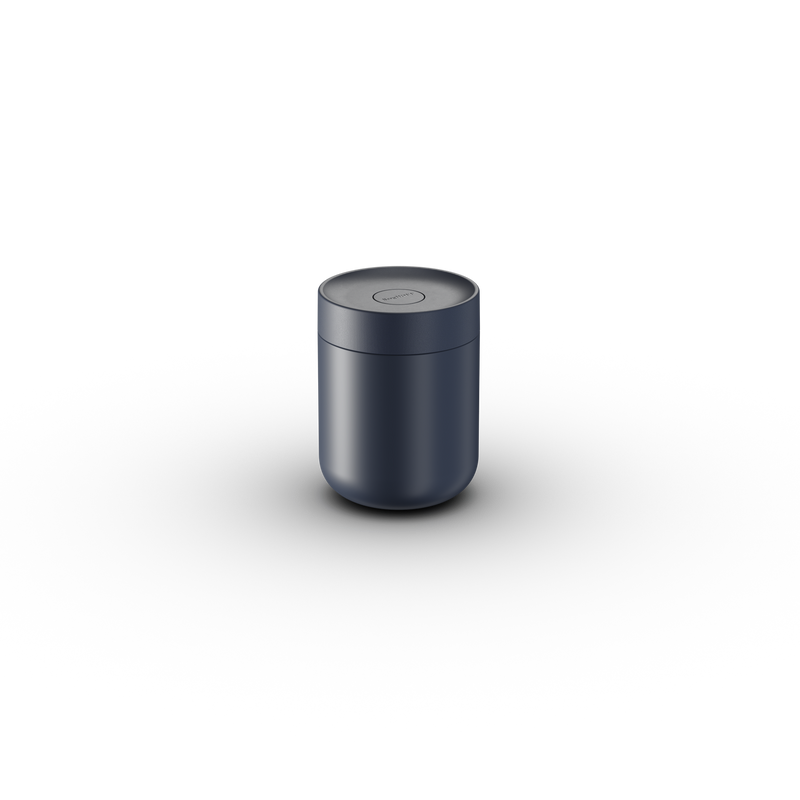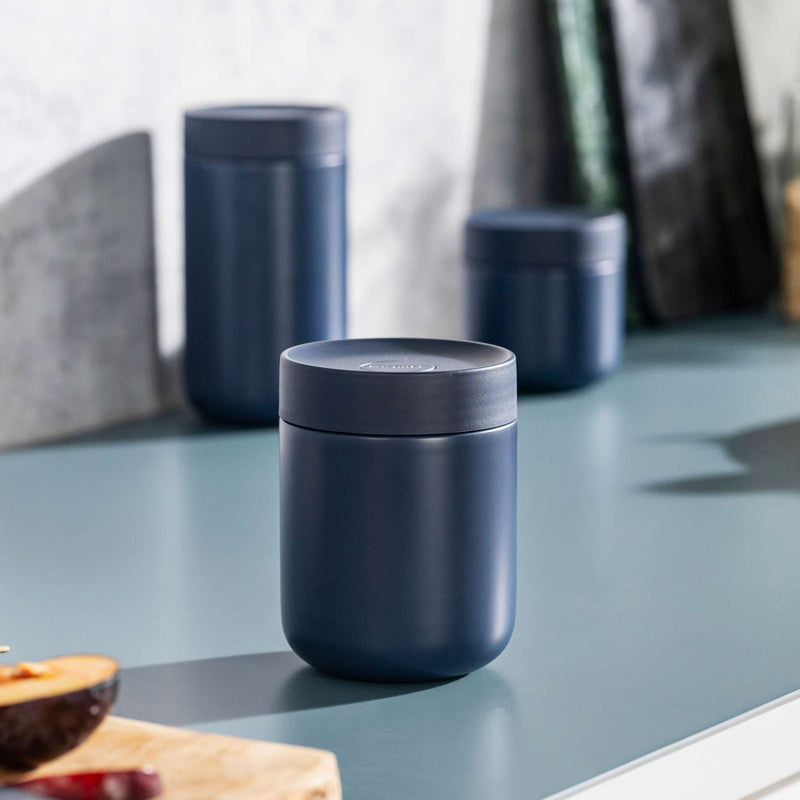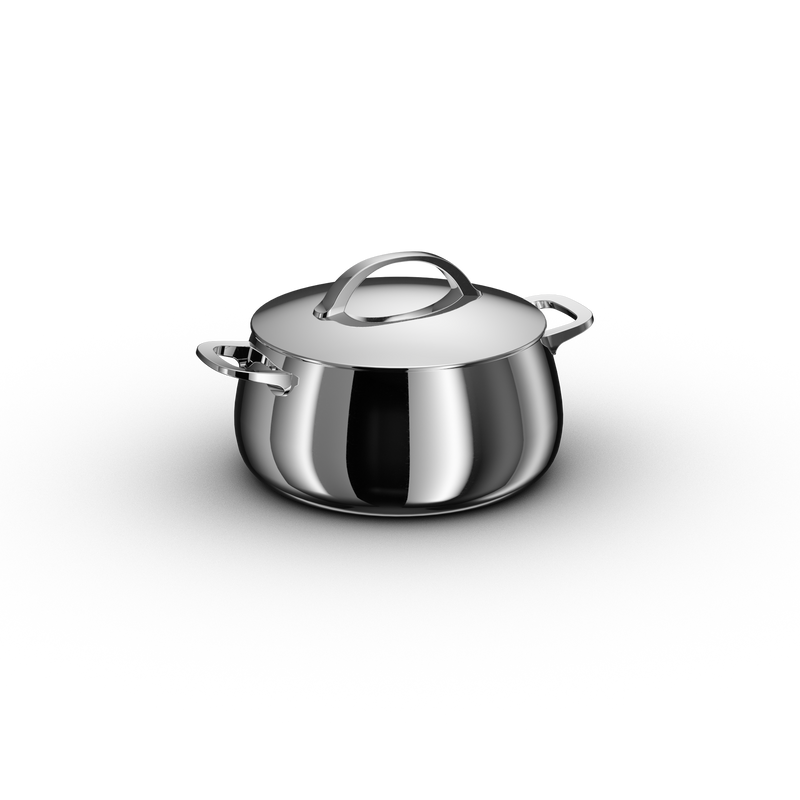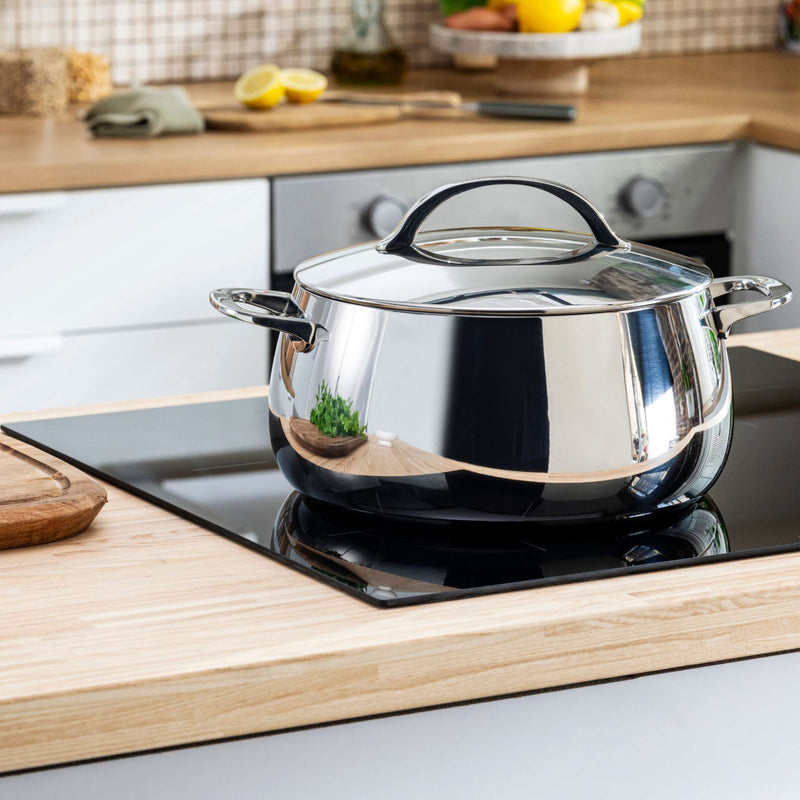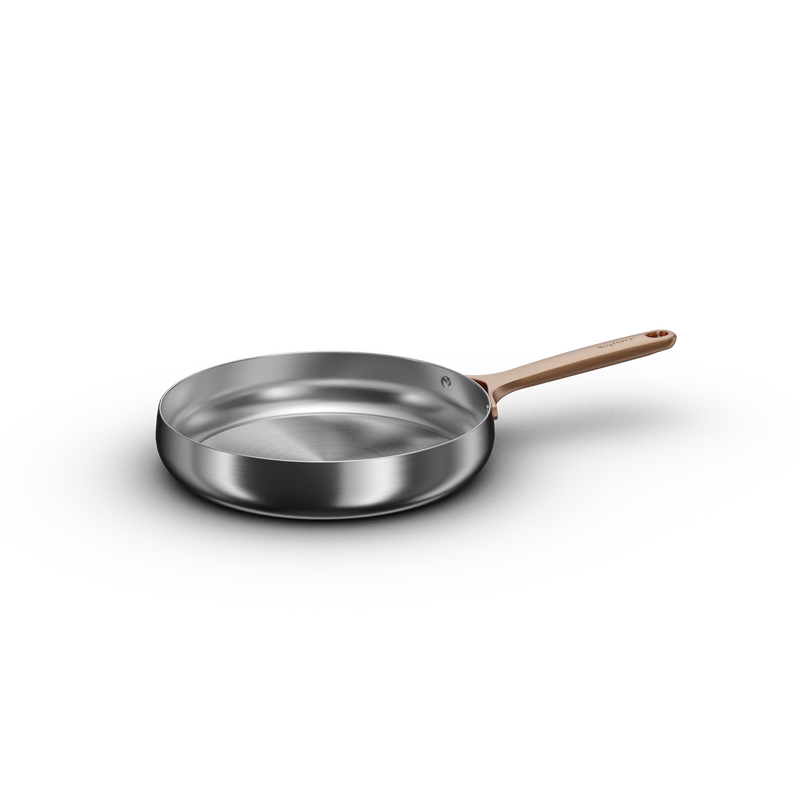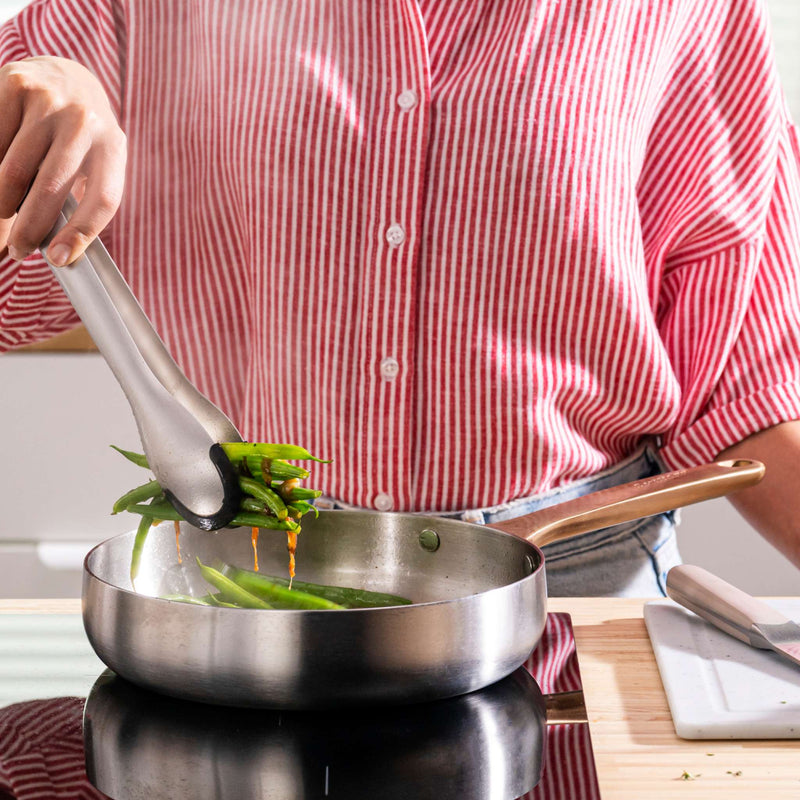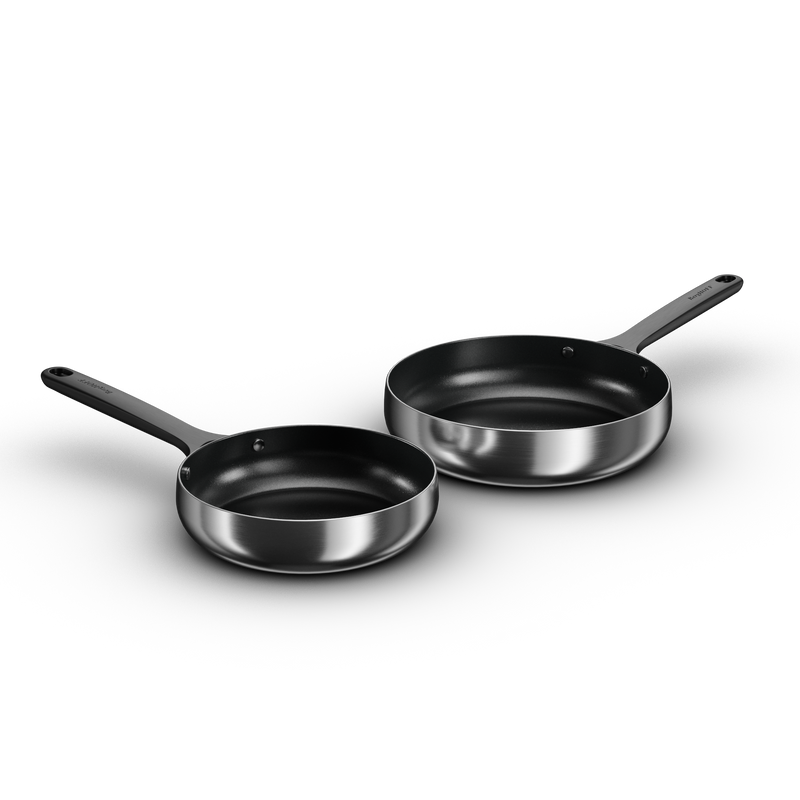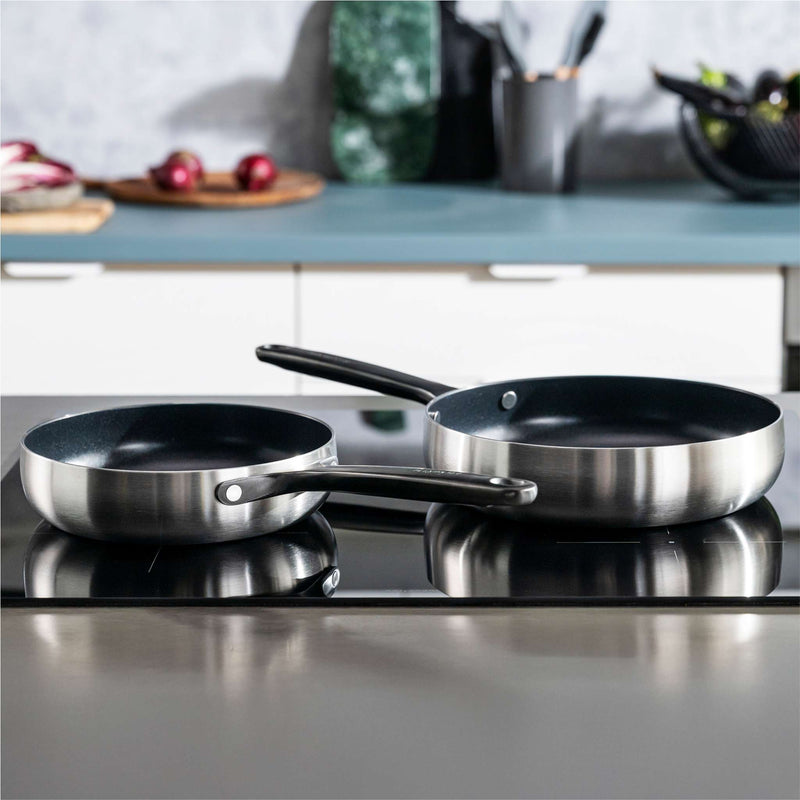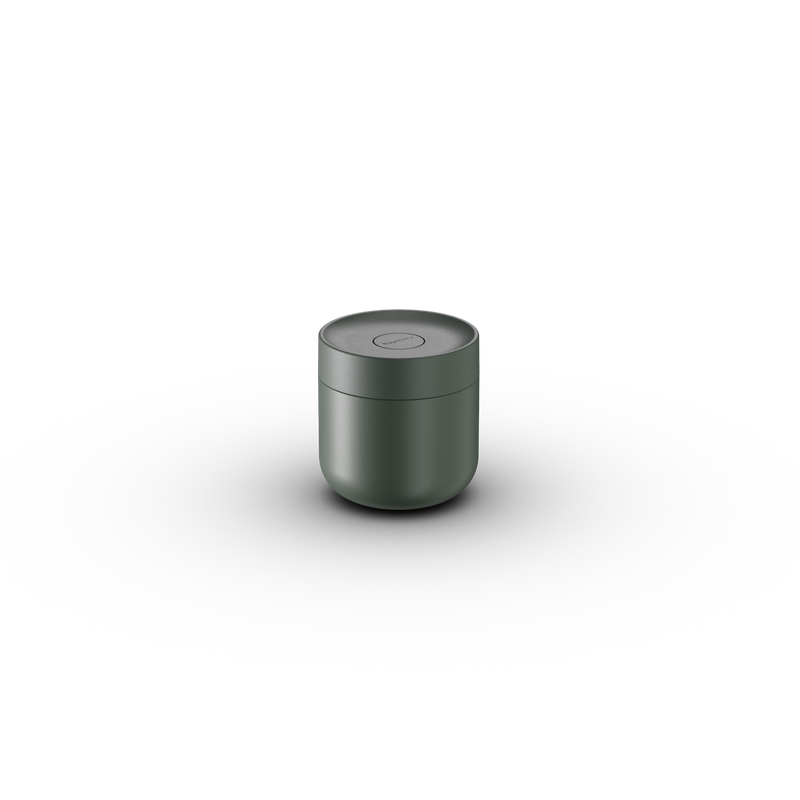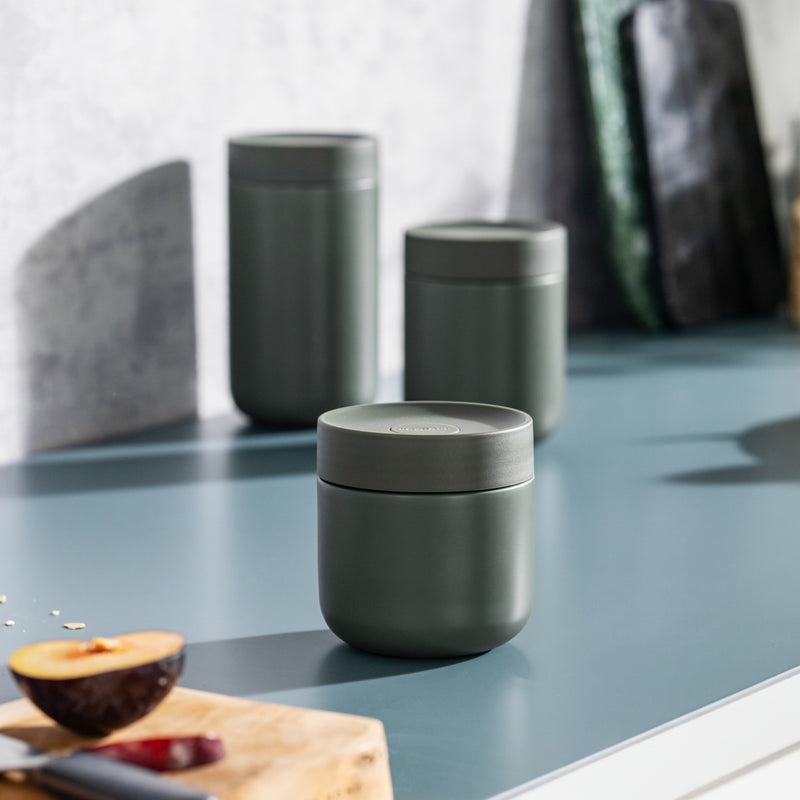Summary
Before First Time Use
- Unpack your kitchen knives and/or knife block and carefully inspect them. Do not discard the packaging until you have checked the contents.
- Wash all knives in hot soapy water.
- Rinse thoroughly and wipe dry.
- Do not use cleaning products containing bleach or chlorine.
Safety Tips
- Always take care when handling sharp objects. Knives are very sharp, so make sure you avoid distractions and concentrate on the cutting task at hand.
- Any knife can be dangerous if misused, so handle with care.
- Never leave a knife unattended and keep it well out of the reach of children.
- Always place a knife down where it can be seen clearly, with the handle facing you and far enough away from the edge of the worktop to prevent it from falling on the floor.
- Always pick up a knife by the handle.
- Cut away from your body to avoid injury if the knife slips.
- Never wipe a knife along the cutting edge from the handle to the tip. Even to test the sharpness.
Care & Use
- Do not use a knife for a purpose for which it is not intended. Vegetables, meat, fish, cold cuts and bread vary in size and texture. There is a knife for every purpose.
- Always use a plastic or wooden cutting board. These are the best way to keep your knives sharp and free of dents. Avoid cutting on marble, stone and glass.
- A knife should be cleaned and dried immediately after use. Fruit and vegetable juices can be acidic and react with the knife’s blade.
- Always use a non-abrasive cleaner on non-stick coated knives to avoid damaging the coating.
- Technically, our knives are dishwasher safe, but due to the harsh nature of dishwasher detergents and salts we recommend hand washing to keep the knives in pristine condition for longer. Also, other items in the dishwasher may come into contact with the knives, which could damage or dull them.
- To clean a knife by hand, use a mild detergent and a soft cloth. It’s best to wash the knife in warm, running water. Don’t throw it into the water where you can’t see it when you reach for it. Do this carefully to avoid injury. Dry the knife with a soft cloth. Never wipe the knife from the handle to the tip, and take extra care when cleaning the blade.
- Kitchen knife blades are made of a specific steel that can be hardened and sharpened, but it is also brittle. Use a knife only for its intended purpose and for preparing food. Do not drop the knife onto a hard surface. Don’t apply any lateral force to the blade and don’t use the tip as a screwdriver or to cut through frozen food.
Storage of knives
- Properly and securely storing your knives in the knife block not only contributes to your safety, but also helps to maintain their sharpness.
- When storing knives in a drawer, keep them away from other kitchen utensils. Reaching for an utensil that’s close to a knife can cause serious cuts. Use drawer trays for safe storage.
- To avoid damaging to the precision cutting edge of your knives, store them away in the knife block when not in use.
- Make sure there’s enough space between the knives in the knife block. The cutting edge of a knife can be damaged if it comes into contact with another knife.
Warranty
For products purchased at our BergHOFF Home website, please check our warranty terms & conditions.
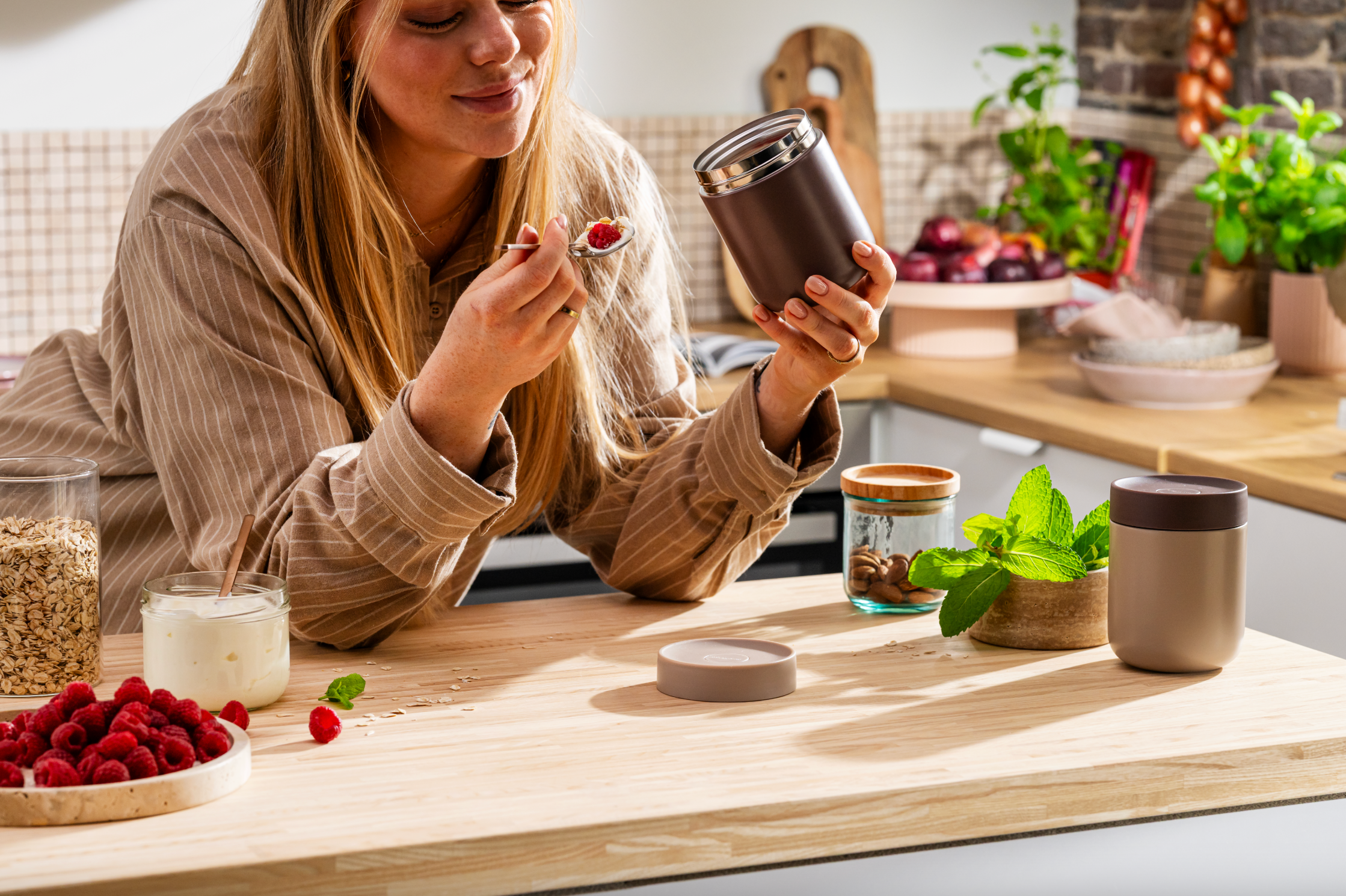
Anything unclear?
We're here to help! Whether you're looking for more info on your product or just some friendly advice, don't hesitate to reach out.
